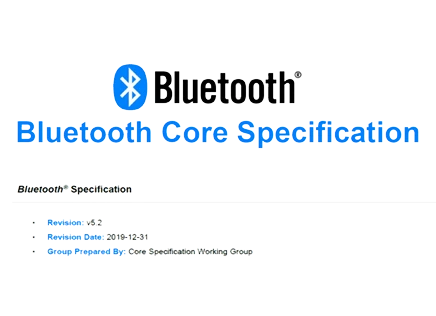
We previously covered the big change in Bluetooth 5.2 – LE Audio – that is slated to give Bluetooth Classic a run for is money. But we didn’t cover some of the more interesting changes in Bluetooth 5.2 not directly relating to Bluetooth LE Audio. So let’s discuss some of these changes
Enhanced Attribute Control
The ATT protocol allows a client to interact with a server’s services and characteristics. The standard ATT protocol had several limitations that caused issues in some applications and are addressed with EATT.
When ATT received a transaction from a device, it had to complete that transaction before dealing with any other transactions. This caused an issue when multiple ATT transactions needed to be handled, such as from multiple devices. EATT allows for parallel handling of ATT transactions. This improves latency significantly in some application.
Managing multiple transaction is done using bearers.
LE Power Control
When two BLE devices communicate, the signal can vary significantly. The two devices can be placed close to the point where the transmission power of one causes too high a signal at the receiver of the other. The other case is when the two devices are placed at a distance and the signal is relatively low, requiring increased output power.
LE Power Control is a new feature in BLE which existed in Bluetooth Classic which adjusts the power output of the transmitter depending on the path loss. In this case, a receiving device requests via the LL_POWER_CONTROL_REQ packet for the other device to change its output power.
This new feature enables lower power consumption and performance by allowing for more optimal output power instead of just shipping with a set output power that’s essentially constant, or using custom implementations that perform this function.
Controlling the output power has a benefit to other devices as well because it can reduce the interference to those devices.








